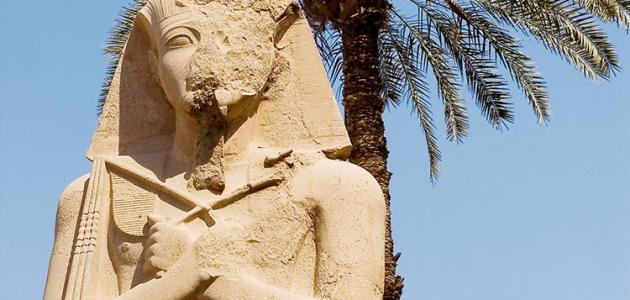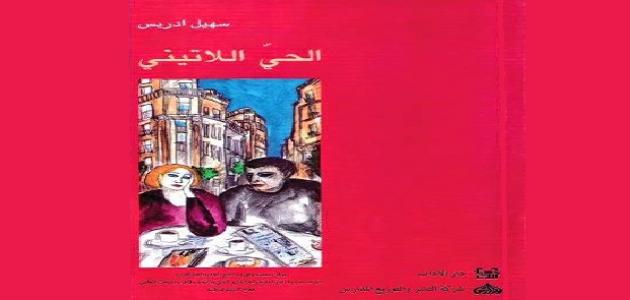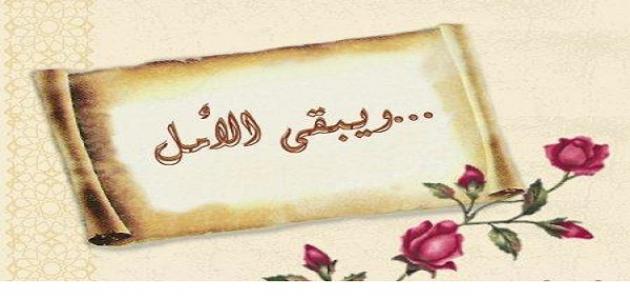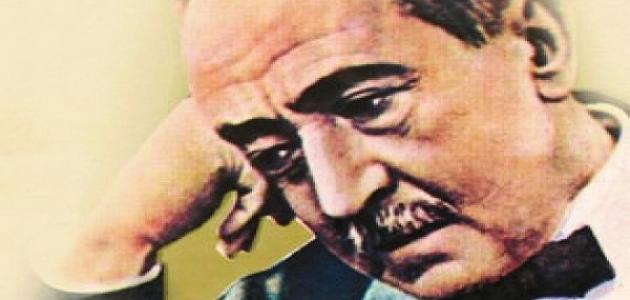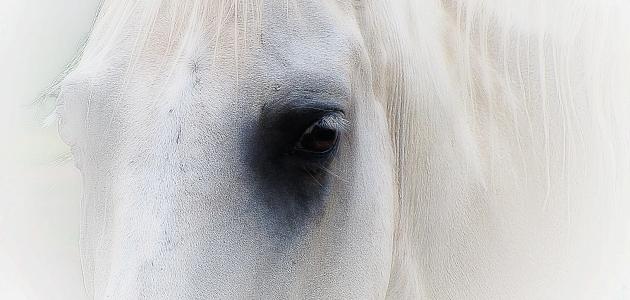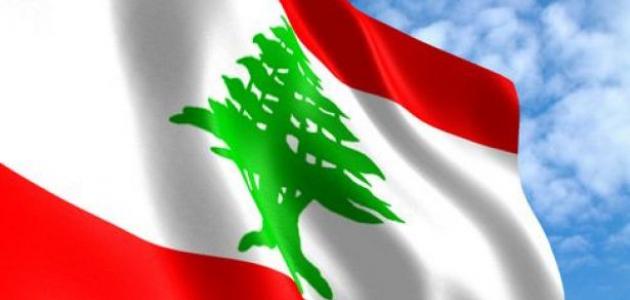Definition of the pre-Islamic era
The pre-Islamic era is defined as the period extending before the mission of our Master Muhammad, may God bless him and grant him peace, which lasted a century and a half or two hundred before the mission.
It was called the pre-Islamic era because of the widespread ignorance in it, due to people’s ignorance of the doctrine of Abraham, peace be upon him, so they were called pre-Islamic ones. What is meant by ignorance is not the opposite of knowledge, but rather the ignorance that is the opposite of dreaming.
In the pre-Islamic era, the Arabs worshiped idols and idols, and among their most famous idols in the pre-Islamic era were: Hubal, Al-Lat, Al-Uzza, and Manat. Many Arabs also worshiped the sun, the moon, and the stars, and there was a group who did not like the absurdities of paganism and were guided by their nature, so they abandoned idol worship and worshiped God followed the religion of Abraham, peace be upon him, and they were called (the Hanafi).
Social life in the pre-Islamic era
The Arabs in this era had the qualities of courage, generosity, relief to those in distress, supporting the truth, and maintaining ties of kinship, and when Islam came, it preserved them, but on the other hand, the Arabs in this era knew bad habits such as: tribal fanaticism, bragging about the origin of the tribe, the presence of female slaves and slaves, and drinking alcohol. And playing gambling, and as a result of the tribal life in which they were characterized, their lives were unstable and they moved a lot where there was pasture and water, and tribal wars spread among them, such as: the war of Dahis and Al-Ghabra, which lasted for a hundred years.
As for women in the pre-Islamic era, they were deprived of rights. Anyone who had a girl would immediately infantilize her while she was young. The girl was also deprived of inheritance, and was inherited as if she were a material object.
Read also:The mask has fallen offFeatures of the pre-Islamic era
The pre-Islamic era was characterized by the emergence of poets and the emergence of their poems that gained approval. They hung some of these poems on the walls of the Kaaba to indicate its greatness, such as the likes of the hanging of Imru’ al-Qays, whose father was the king of Asad and Ghadfan, and his mother was the sister of al-Zir Salem. His nickname was the misguided king, and he loved to have fun and play, and his poetry was distinguished by his poetry. Among the purposes of pre-Islamic poetry were description, poetry, satire, lamentations, mu’allaqat, pride, praise, proverbs, wisdom, and stories.
The most prominent characteristics of poetry and the pre-Islamic environment
He depicted the pre-Islamic environment.
Pre-Islamic poetry was distinguished by its sincerity of expression.
Pre-Islamic poetry used many images in its poems
Pre-Islamic poetry is characterized by realism, clarity and simplicity.
- Pre-Islamic poetry was organized into verbs
The pre-Islamic era was in the Arabian Peninsula, and most of this region was desert places where drought prevailed. The desert imprinted its character on its people, and they became characterized by chivalry, generosity, loyalty, and love of freedom.
- In the pre-Islamic era, the Arabs lived on herding and movement, and they rarely knew a settled life.
- The Arabs in the pre-Islamic era had commercial markets. Such as Souq Okaz, where poets and merchants used to flock, and poetry was circulated orally in the markets.
Read also:Summary of the play Scheherazade by Tawfiq al-HakimIn the pre-Islamic era, the Arabic language was very well known, and poets sang it in the most beautiful poems and verses. The Arabic language occupied their minds, and they were proud of it.
